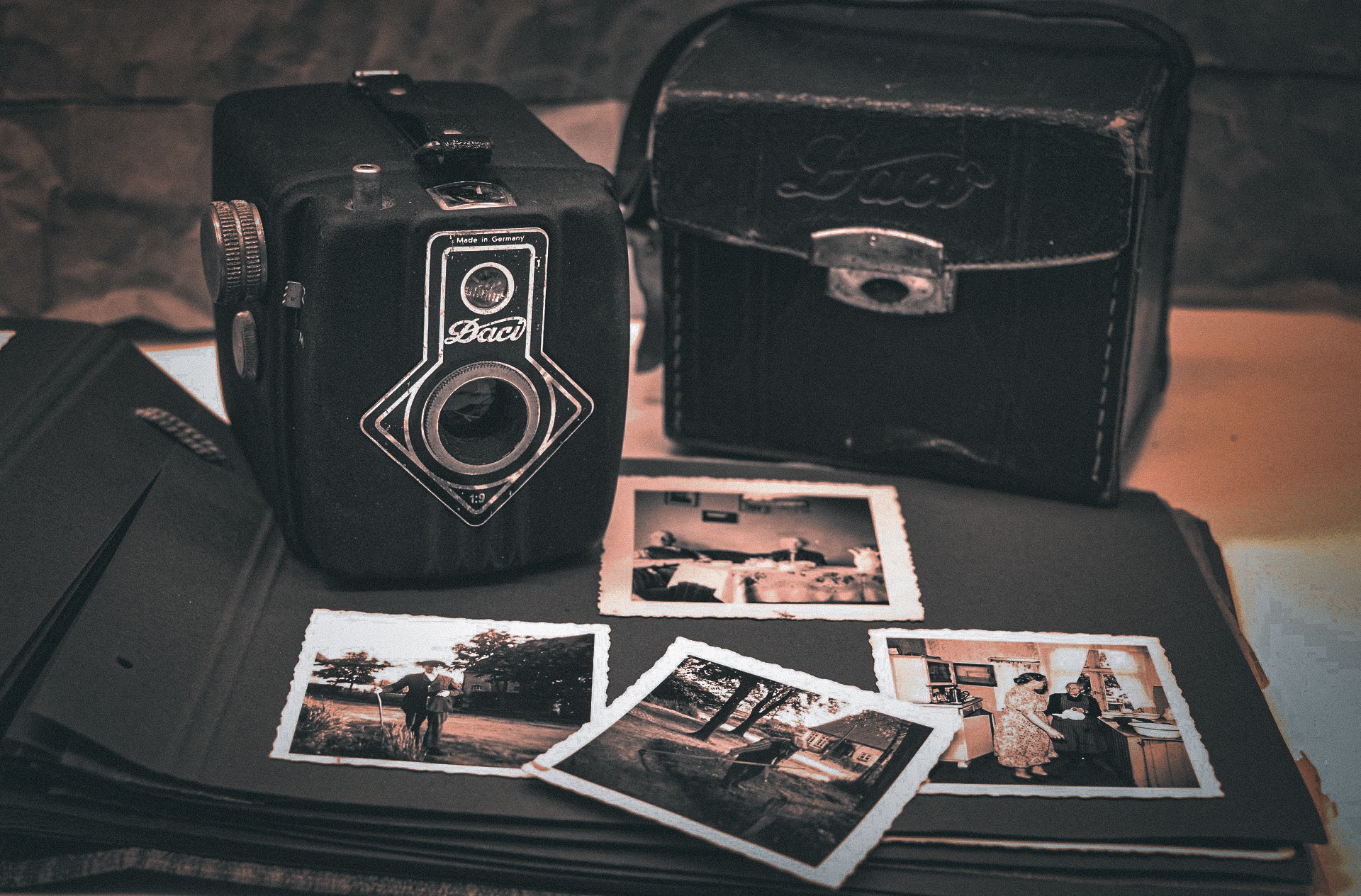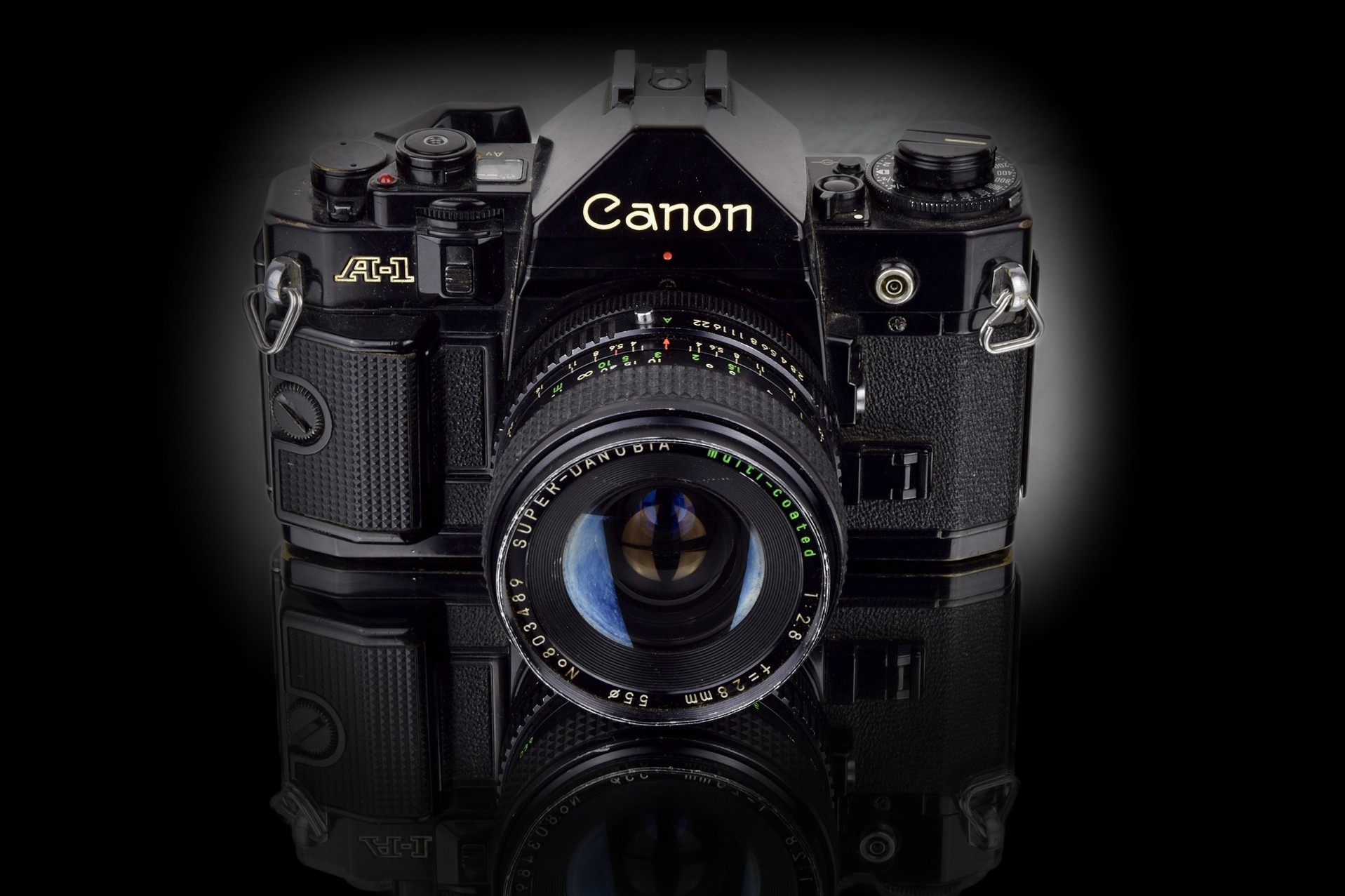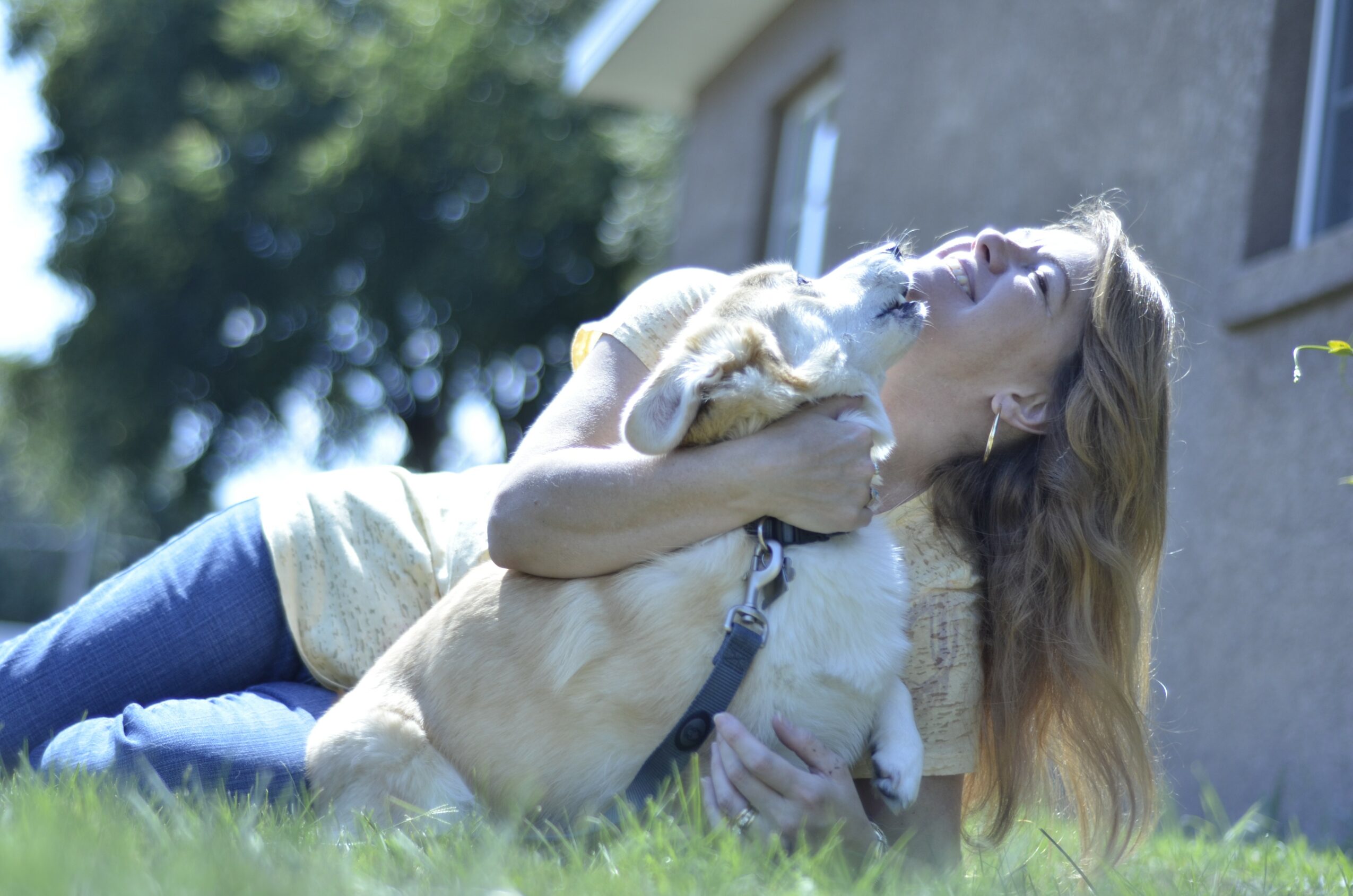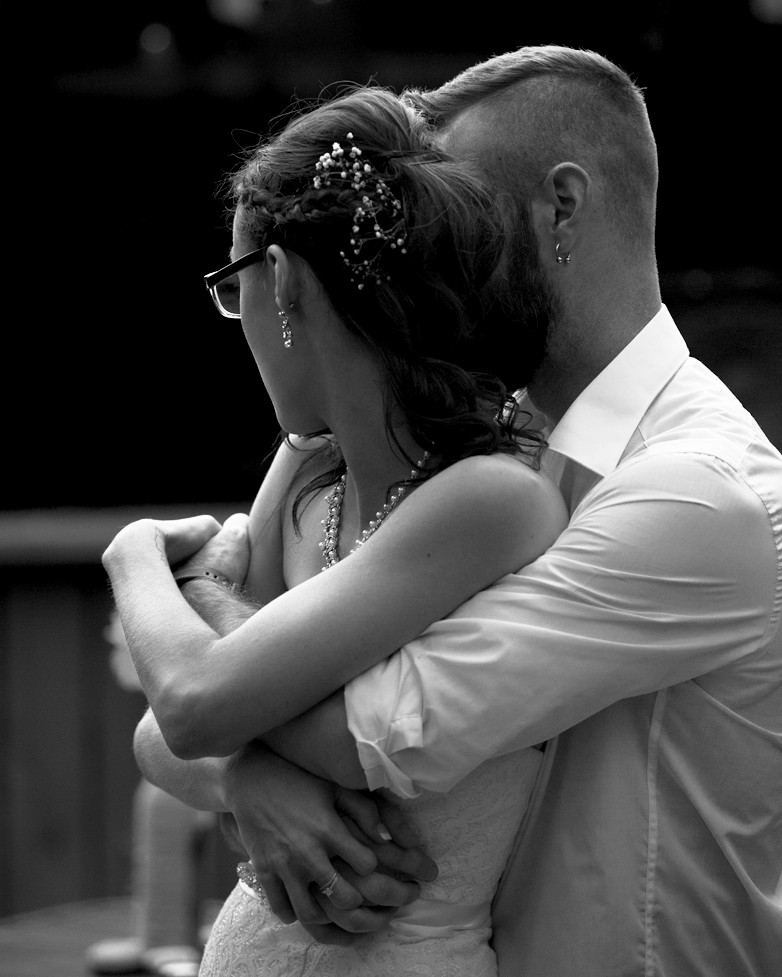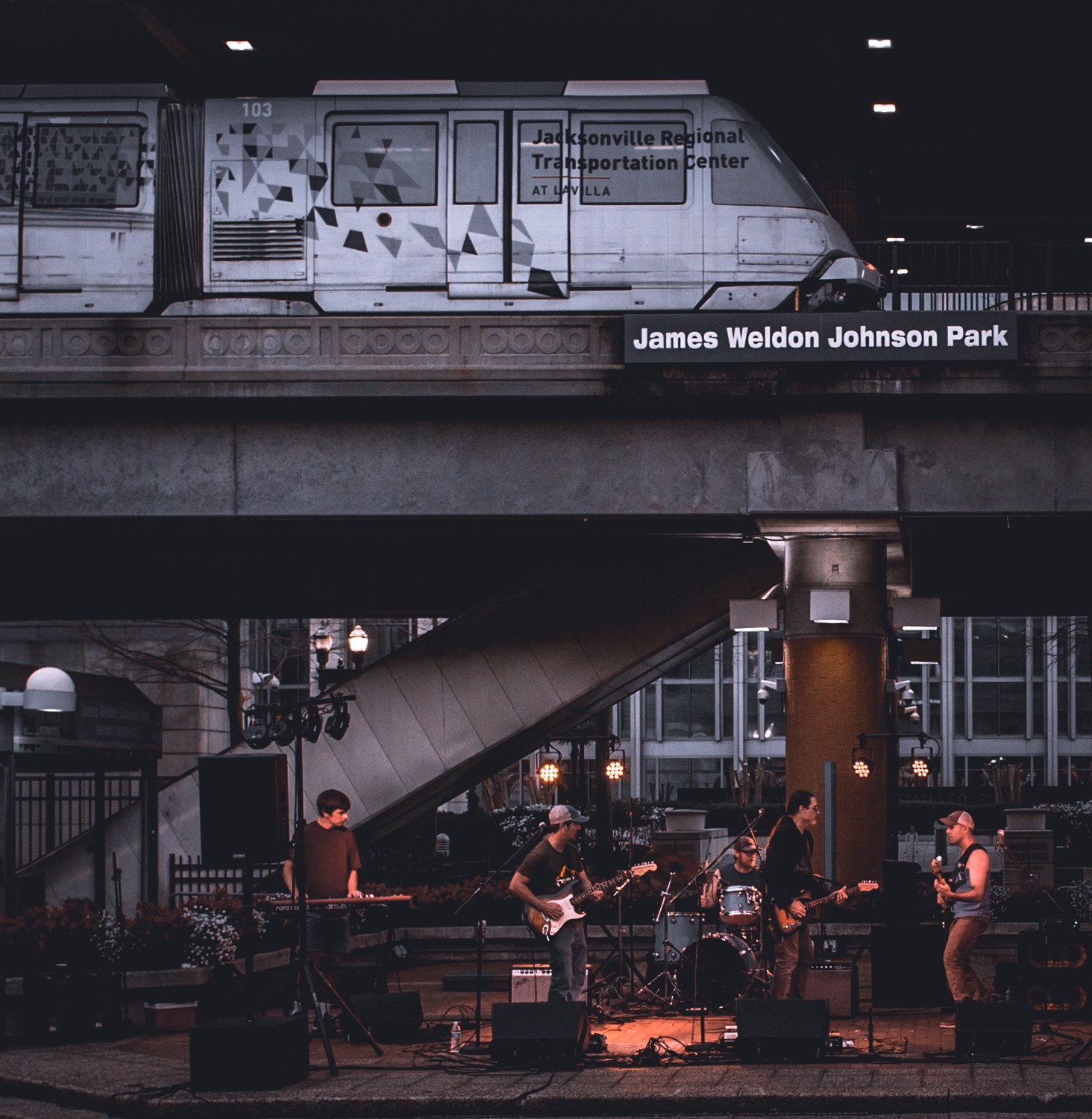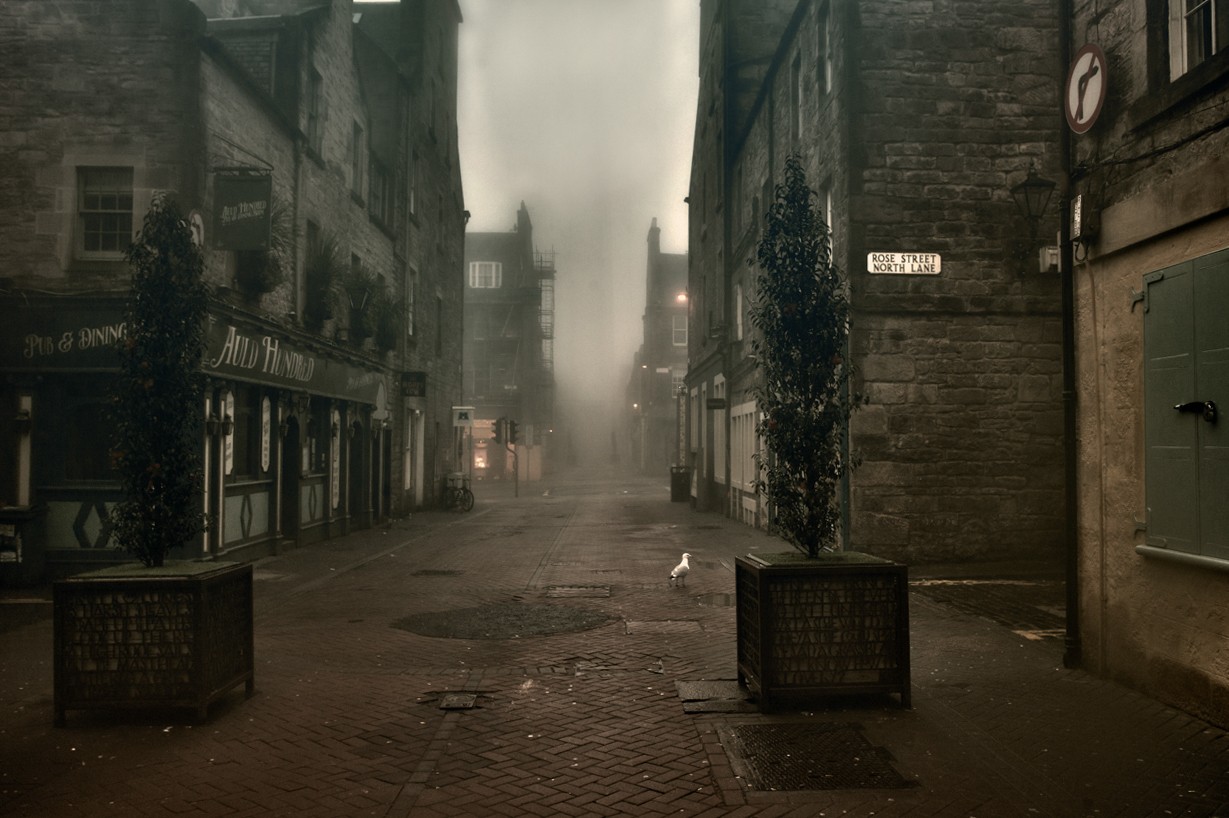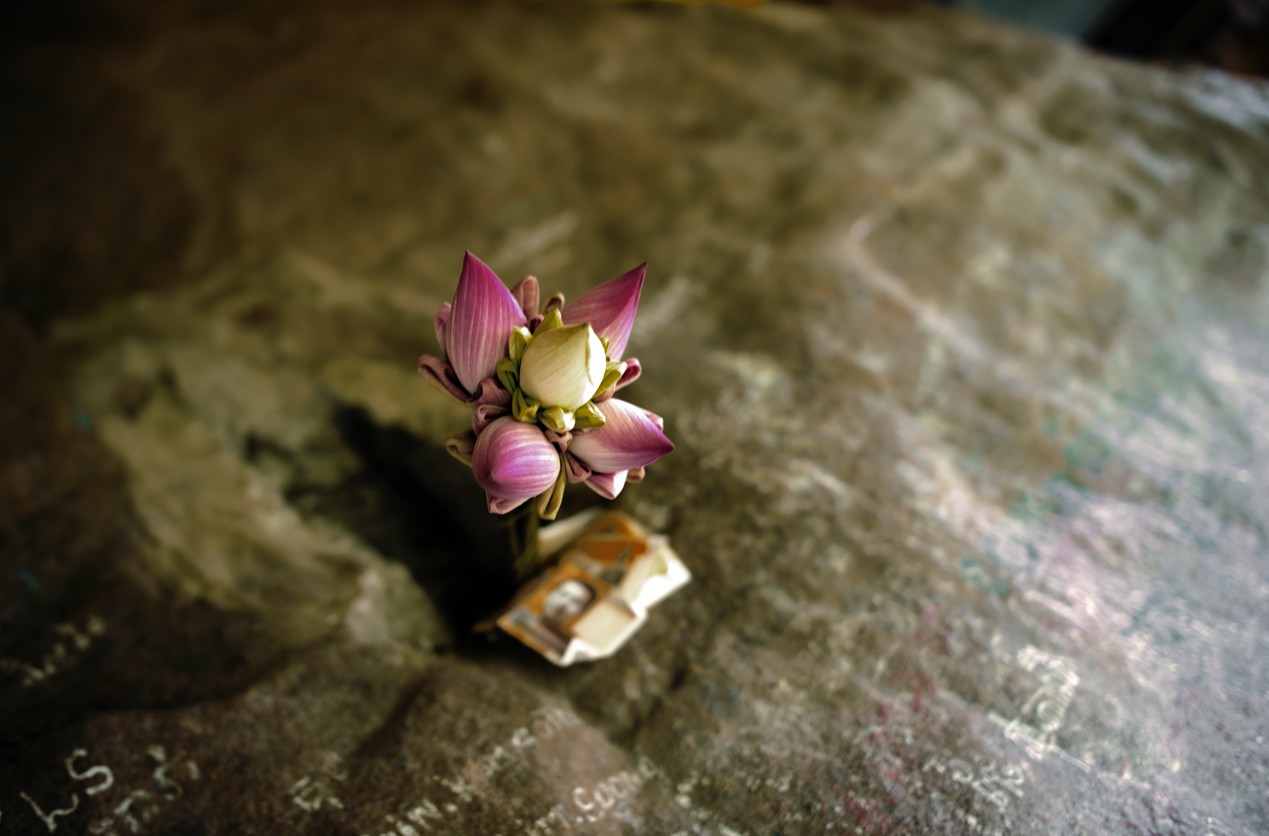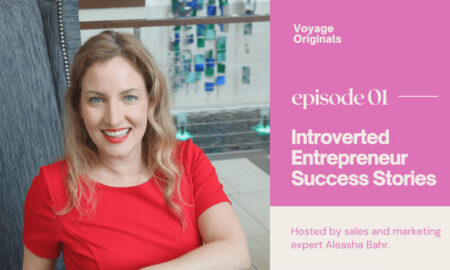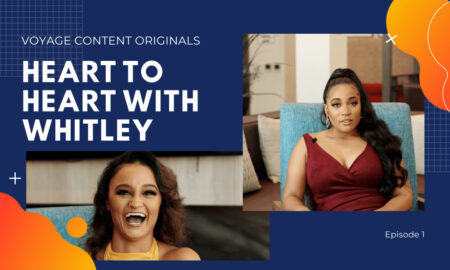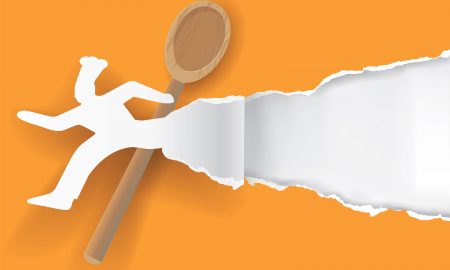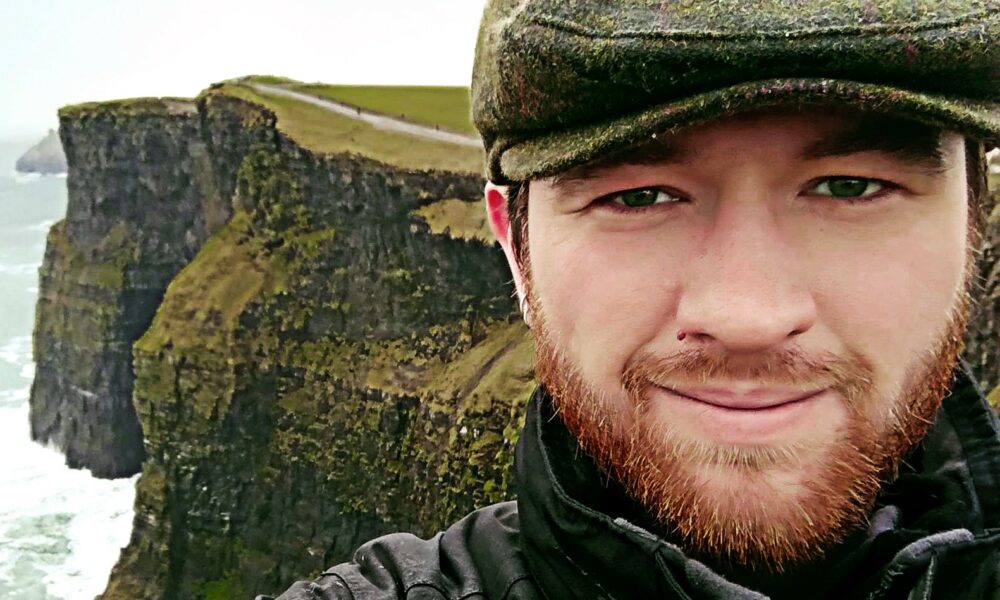

Today we’d like to introduce you to Joel Harris.
Hi Joel, we’d love for you to start by introducing yourself
Growing up, my mother was a passionate photographer. I loved the pictures that she took, the family’s old albums, and the stories that were attached to each photo. This was compounded by the fact that we were a military family and moved around a lot.
So being that we never spent a great deal of time in one location, we loved having the photographs to look back on to remember different times of our life, and to be able to share them with the new friends that we met along the way. I don’t recall exactly when it was, but at some point in our travels, my mother purchased a small point and shoot 35mm (film) camera for me.
I was so excited that I ran through 3 or 4 rolls of film that first week. My mother was ever encouraging me though, so we’d always go to get our rolls of film developed as soon as we could. We’d purchase more film while waiting for photos, then rush home to review them once they were ready.
That first time wasn’t so great. But she was supportive in the way that only a mother can be. We’d look over all of the pictures, discuss what we liked and didn’t like about each of them, and then she encouraged me to watch how she selected her shot, composed it, and took one or two good pictures. Very different from my initial “spray and pray” approach!
A few years later in 1997, I inherited a fully manual 35mm Canon A1. It’s an antique now, and it was a bit older back in the day, but it was still a $1000 camera when it came out in 1978. Adjusted for inflation, that’d be about $4,500 today. Needless to say, I was stoked, but… I didn’t really know what I was doing.
My mother was able to help a bit, but this camera was nearing the edges of her knowledge at the time. She was able to help me understand a bit of the basic of how to operate it, but then she encouraged me to do my research on it to learn more. This was back in the times before the internet was available, so we made our way to the local library.
I had a voracious thirst for knowledge, and the library was my favorite place in the world, so unlike a lot of kids, I was excited. We checked out some books, which I flew through in a matter of days, and then off I went into the world, slowly learning by trial and error, with a camera in one hand and a textbook in the other.
We moved a couple more times before settling for a while in a small, dusty town in Wyoming. It was here that I met John McCoy, a local teacher and former Vietnam War photographer, the man that would do more to shape the way I operate in and view the world than any other single person.
The very first thing he had me do was put my camera away. I wouldn’t be using it for a while, he told me, so I’d as well just leave it at home. I was a little disappointed, but I wasn’t going to question him. What we ended up doing next is not at all what I expected. He had me build a camera.
Nothing fancy, just an old box-style camera, but he said that I needed to understand how the most basic kind of device operated before I could ever hope to understand the complexities of professional equipment. This seemed reasonable, so I set to work on the assembly as he observed and offered guidance. Once I was done, he asked me how to operate it.
I don’t recall what I thought at the time, but it was definitely wrong. Now, you must understand that Mr. McCoy wasn’t exactly a kindly old gentleman, but more a crusty old war veteran. This isn’t to say he wasn’t a wonderful human being, but he didn’t have time for nonsense and he didn’t mince words.
This being said, he was a true teacher, encouraging comprehension and understanding over simple memorization or following a set method. So, in his way, he gambled a bit, told me I was wrong, and to take the camera apart, and put it back together again, this time detailing to him each part and its function in the overall process as I did so. This time when I’d finished, I understood.
The next step was putting the camera I’d built to use. Then learning how to operate in a dark room and develop photographs. It seemed like forever before I had produced pictures he deemed good enough, but he needed me to demonstrate that I understood the basic principles he’d been teaching me about light, its capture, and development.
From there, we finally moved on to my 35mm, the camera I’d so anxiously been waiting to use. We went through every piece and every function before we put it down and he taught me about rolling film into canisters. Even before we started this new chapter in my learning, I was already a lot more confident in handling my equipment.
All of the numbers, settings, and dials suddenly made so much more sense, and after he went through everything piece by piece, I felt that I understood far more than I had when we started.
Mr. McCoy was always good about including these encouraging checkpoints in his teaching. He’d set it up so that you’d suddenly see, all at once, how much you’d progressed as you put together all the different parts and pieces he’d been teaching you. It was very much like a puzzle coming together for me.
Over the following couple of years, Mr. McCoy continued to tutor and instruct me in the art of moving candidly, being in a situation but not a part of it, how to work in any kind of natural lighting, and the importance of angles, and framing, and perspective. He taught me how to read maps to find locations, how to scout those locations, and to read the weather in order to properly compose certain shots.
I learned the best methods to control situations, overcome diversity, and obtain exceptional results. But his single most important lesson came in the form of a simple question.
Why are you taking this photograph?
Snapshots are fine for some, but he was not a fan of thoughtless work. He insisted that if you are serious, you must engage in photography with a purpose and operate with professionalism.
His lessons led me to my first paid gig in my early teens taking pictures for a college hockey team. I ran every setting in fully manual and managed to produce results that landed me about $400 for 80 photos. Not too bad for a kid, but I have Mr. McCoy and my mother to thank for giving me that initial start.
In 2011, I finally transitioned over to digital when Nikon released a high-end camera that I felt could genuinely produce better results in the low-light kind of situations that I particularly enjoy. The learning curve on the camera itself wasn’t too bad, but my biggest struggle was changing my mindset on photoshop.
I saw it as a monster when I was shooting 35mm.”How lazy,” I would think, “How dare these people to develop their pictures in a well-lit room, able to see what they’re doing and not splashing about in toxic chemicals?” But eventually, it clicked that photoshop really was just the modern-day darkroom and for the reasons I just mentioned… it’s obviously superior.
I’ve fallen in love with my digital equipment and the versatility with which it allows me to work. I’ve upgraded serval times since and have a horrible habit of investing every penny I can into my gear. This is my chosen art form though, even in a world where such things are largely seen as unnecessary with the unprecedented advances in smartphones.
I don’t see them as competition though, cell phones are great tools and I will sometimes use mine on shoots for certain types or styles of the photo, or to quickly capture a moment that I might otherwise miss due to my main camera being otherwise occupied. But when it comes to the ability to fully take control of the image, compose it as you want the memory to be held, and then capture it, there is nothing like a real camera.
Over the years, I’ve had the opportunity to work with numerous businesses and individuals across North America, Europe, and Asia capturing everything ranging from weddings and political events to extreme sports and major marketing campaigns. Bringing these decades of knowledge and experience with me to Jacksonville was a no-brainer when a friend of mine introduced me to the magic, beauty, and diversity of the city.
He is a native that loves his town in a way that’s infectious and I’m really hoping that I can be a part of bringing out the best of Jacksonville and its residents.
Can you talk to us a bit about the challenges and lessons you’ve learned along the way? Looking back would you say it’s been easy or smooth in retrospect?
Life is always going to present you with situations that are going to test your resolve, but it’s all a matter of how you handle it and your willingness to move forward. You can’t let a negative experience become such a defining point in your life that it strips you of your passions or individual identity if you want to progress and move forward as an individual.
We are all beautifully unique with our scars and imperfections making us more so. They can be difficult to overcome, especially the invisible ones, but there is no reason you can’t be someone that you’re proud of. Bonnie Bramlett said it best in the 2006 film “The Guardian’:
“I mean if my muscles ache, it’s because I’ve used ’em. It’s hard for me to walk up them steps now, its ‘cuz I walked up ’em every night to lay next to a man who loved me. I got a few wrinkles here and there, but I’ve layed under thousands of skies with sunny days.
I look and feel this way, well cuz I drank and I smoked. I lived and I loved, danced, sang, sweat, and screwed my way through a pretty damn good life if you ask me. Getting old ain’t bad Ben. Getting old, that’s earned. “
As you know, we’re big fans of you and your work. For our readers who might not be as familiar what can you tell them about what you do?
Remember the moment. Not just the scene, not just the people, but also the emotion of that second the image is captured. Because of my passion for authentic, candid photography, I’ve spent years honing my ability to work under natural lighting conditions.
Flashes have their place, but as I’m moving around an event, or about the streets of the city, I’d rather not draw attention by blinding people. And with the way I develop photographs, I feel that natural lighting provides my work with a much more dramatic and impactful effect. I believe everyone is beautiful and I endeavor to capture images that will make you fall in love with yourself as you are.
I love showing people and scenes in a light, or from an angle that isn’t so often represented, and because of this, I move around. Like, a lot. I’m not afraid to lay on the ground to get a more dramatic angle only to pop up to a squat and crab walk two steps to the right in order to catch another angle.
I’ve walked into plenty of bodies of water, climbed things I probably should have, and subjected myself to unreasonable weather conditions countless times. It’s about creating an invoking, emotive image. After that, the real work begins. When I return to my computer, I go through and approve or reject every single image from the shoot. Sometimes this is upwards of 1500-2000 images, depending on the type of event.
Usually, it’s closer to 1-200. After I’ve narrowed images down I go through the approved images for a second time, coming up with a style or theme to apply to the series. I’ll then approve or reject more images based on what I decide to do. Once I have my pool of images I’ve decided to work on, typically around 40% of all those shots, I move on to development. Here’s one of my differences. I don’t batch edit my photographs.
Just as I did back in the days of the darkroom, every image is handled individually with respect and care. From here I can spend anywhere from a few minutes to several hours or occasionally, even days on each image, depending on my or the client’s need and the level of artistry involved. This part is often overlooked by the client, but really, this is where we as photographers spend most of our time.
It’s tedious and incredibly dull for the onlooker, but I love watching the image come out as I work on it. It’s kind of like when I was a kid watching an old Poloid develop. After that, it’s production, packaging, and delivery of the images to their new home! From start to finish, I endeavor to maintain good communication and work with my clients to properly plan and schedule our work together.
The more information we have and the better we communicate, the better everyone’s understandings of their roles and what’s expected of them become. I take pride in my work and I want those I work with to take pride in their part in its creation as well.
What makes you happy?
I love making people smile, feel good about themselves, and showing that they and what they’re doing is worth believing in. It can be hard going into this world alone and having someone who is firmly in your corner that will support you and your vision can be a game-changer.
For me, it makes photographing events involving people of interest a lot of fun and ultimately very rewarding. I know a lot of photographers who shy away from weddings, political events, and other high-stress assignments, but I thrive on them. Again, going back to having been primarily trained by a war photographer, it lends itself to a certain mindset when operating.
Honestly, in our eyes, the situation isn’t much different than being on a battlefield in that you work best under those high-pressure situations and endeavor to capture those moments that only last a fraction of a second as well as those that convey the message that you’re trying to pass along to your ultimate audience.
Be it a bride you’re portraying as the absolute essence of grace and beauty, or working with a politician you’re conveying as both a strong leader and a genuine, caring person.
You have to fall in love with your subject. That’s the key. When you’re behind the camera, you forget about everything but them. As the photographer, you’re there to create an emotional connection between the subject and those who will view the finished work.
This matters more than lighting or location because if you love what you’re shooting, you will strive to make it look as good as you possibly can, no matter what the circumstance.
Life is an adventure and you must embrace it. The more of those special moments we can capture into memory, the more complete a portrait of our lives that’s created. People have different methods of capturing these memories. Video has become increasingly popular and the written word has been around for several millennia, with paintings and drawings dating long before that.
We use resumes to document our life, etches on the door frame to measure height, keepsakes from places traveled. Memories come in many forms, but for me, my first love will always be photographed. Capturing a still image of a perfect instant that can captivate the minds and imaginations of generations is a mighty endeavor, but one that I aspire to every time I live my camera.
Contact Info:
- Email: [email protected]
- Website: www.GlassImagePhotos.com
- Instagram: https://www.instagram.com/glassimagephotos/
- Facebook: https://www.facebook.com/GlassImagePhotos
